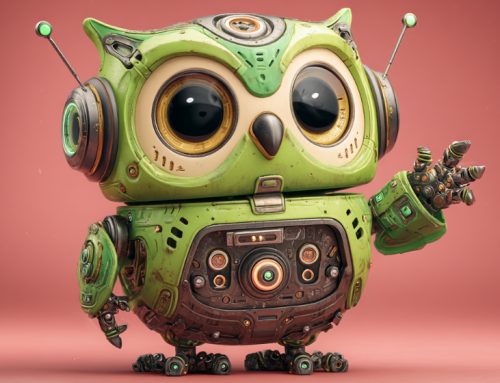
Organovo prints 3D tissue it calls organoids. (Credit: Organovo.com)
Researchers Succeed at 3-D Printing of Lung and Liver Tissues
Every day an average of 18 people die waiting for an organ transplant in the United States, since too few organs are available to go around.
A story in Scientificamerican.com describes how progress is being made in reproducing human organs through 3-D printing. In particular, researchers are working on printing liver and lung tissue.
The method exposes thin layers of liquid resin to blue light, which solidifies them into intricate arrangements of hydrogels—gels made up of tangled strings of polymer molecules. These form a structural “scaffolding,” into which researchers can implant live cells that enable it do the work of a lung or liver. In the new study the implanted cells survived, and the resulting models of organ tissue demonstrated some functions of the real thing. Science magazine published the results.
A team of researchers from the University of Washington and Rice University say they have produced functional tissue models using a 3-D printing technique called projection stereolithography.
The ability to print whole organs is still in the distance, but work is under way across multiple laboratories to print tissues of the liver, the most regenerative organ in the body.
“What was once a plot for a science fiction novel is now advancing our scientific research,” says Taylor Crouch, CEO of Organovo.
FT.com also ran a story about Organovo:
“Organovo, a company based in San Diego, has developed a bioprinting process that takes cells from donor organs and turns this into a printable bio-ink. Layers of cells are laid down in carefully calculated designs to build up small sections of liver tissue.”
According to Ben Shepherd, director of therapeutics at Organovo, the challenges ahead are about increasing the size of the tissue they are capable of growing.
So printing was not possible in 2019, but those on waiting lists could have hope for the future.
read more at scientificamerican.com







Leave A Comment